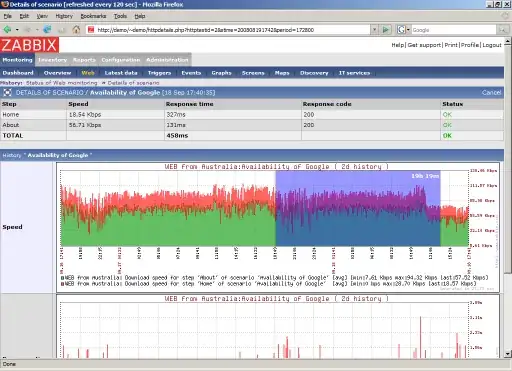We have a bunch of large HDTVs in our monitoring office keeping an eye on all of our production equipment.
We are monitoring:
Cisco routers
- HP switches
- HP proliant servers
- Windows 2003
- IIS
- SQL server
At the moment we use
- Nagios for uptime/availability and alert sending
- Cacti for bandwidth usage
- Perfmon running on Vista for server performance
- A combination of other tools and our own custom code to monitor our actual application performance.
All of this is fine apart from the Perfmon part - it gives us what we want - i.e. real time charts on the screen, logging certain performance counters, etc - the only problem is setting it up is a real chore. If the Vista PC running Perfmon is rebooted (normally due to Windows Update) then setting all the counters up again takes ages - literally an hour or two's worth of work for somebody in the office...
Anybody know of a way to either: 1. Script adding Perfmon counters 2. Another tool with graphical output and WMI/windows counter access.
Thanks
- Mike
